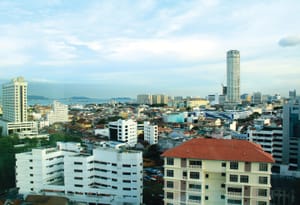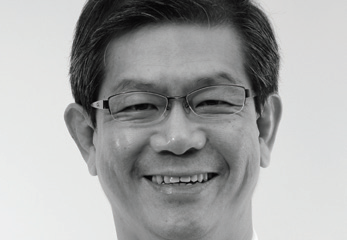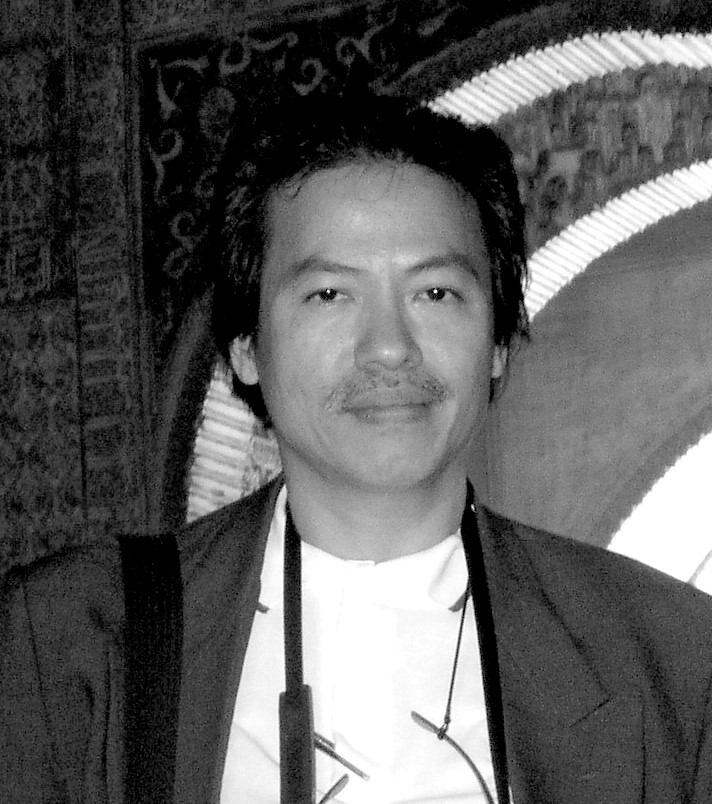Anthony Capon’s first trip to Penang was as a medical student in 1981, and 30-odd years later, he is stunned by how much Penang has changed. “One of the things that hits you quickly is the motorcar.” (He meant that figuratively.) “The people are still welcoming and friendly, but the physical place has changed radically. The buildings are bigger, the roads are more congested and there’s much more pollution.”
Capon has good reason to be concerned. A public health physician, he is also the director of the International Institute for Global Health at United Nations University, which is based on the UKM Medical Centre campus in KL. Global health, as he describes it, is about the health of the population as a whole and about matters that require, if not demand, a global response. The institute tackles big picture issues ranging from climate change to obesity to urbanisation. “We’re thinking about health in its ecological and social contexts, which of course includes economic dimensions,” he says. “It’s about how health fits in development.”
In March he gave a lecture on “Human Habitat, Habits and Health: Informing Our Future with Lessons from History”, hosted by the Penang Institute. We chatted in his hotel room at E&O about public health and where cities today have gone wrong. Outside the window, the view is obscured by thick grey haze. It was all depressingly apt.





